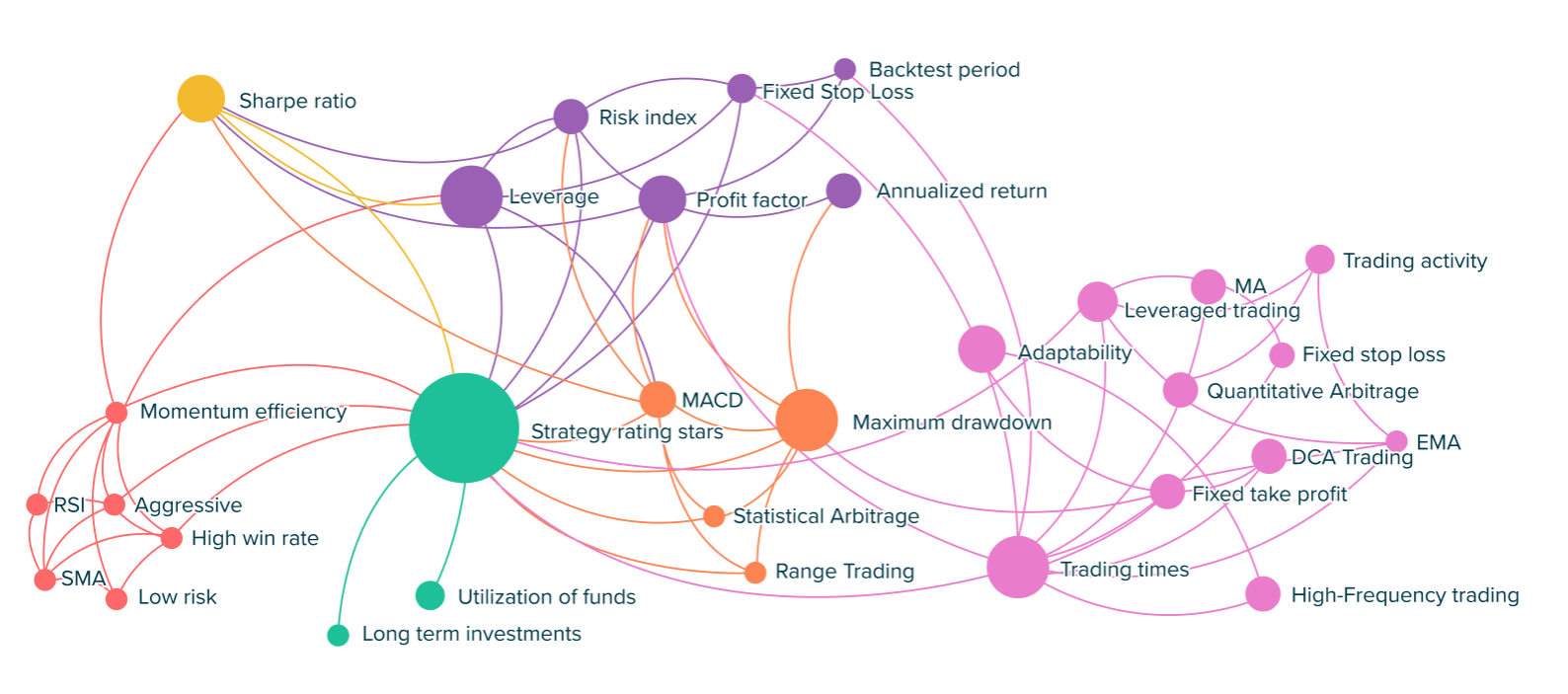
When setting up control risk in contract trading, you are essentially creating a framework to manage and mitigate potential losses that may result from unforeseen events or conditions. Here are some steps you might consider:
1. Understand the Risk: You need to understand the types of risks you may face in contract trading. They can include market risk, credit risk, operational risk, legal risk, etc.
2. Define your Risk Tolerance: Different individuals or institutions have varying levels of risk tolerance. It would help if you defined what your risk tolerance is. It is the amount of risk you are willing to accept in pursuit of profit.
3. Create a Risk Management Plan: Your plan should detail how you will identify, assess, and control risks. It should be clear and easy to understand. The plan should also include a process for updating the plan as conditions change.
4. Use Tools and Techniques to Identify Risks: Use market analysis, scenario analysis, and stress testing to identify potential risks. Engage the expertise of legal, financial, and market experts to help in the identification process.
5. Assess the Risks: Once you have identified potential risks, you need to assess them. This includes determining their likelihood and potential impact on your trading.
6. Establish Control Measures: Control measures are the actions you will take to manage the risks. They can include diversification of investments, use of stop-loss orders, hedge with derivatives, etc.
7. Implement the Risk Management Plan: Once you have defined your control measures, you need to implement them. This includes setting up processes and systems to monitor the risks and execute the control measures.
8. Monitor and Review the Risks and Control Measures: Regularly monitor and review your risks and control measures. This will help you to adjust your risk management plan as needed.
Remember, while risk can never be completely eliminated, it can be managed and controlled. The key is to be proactive and have a plan in place.





